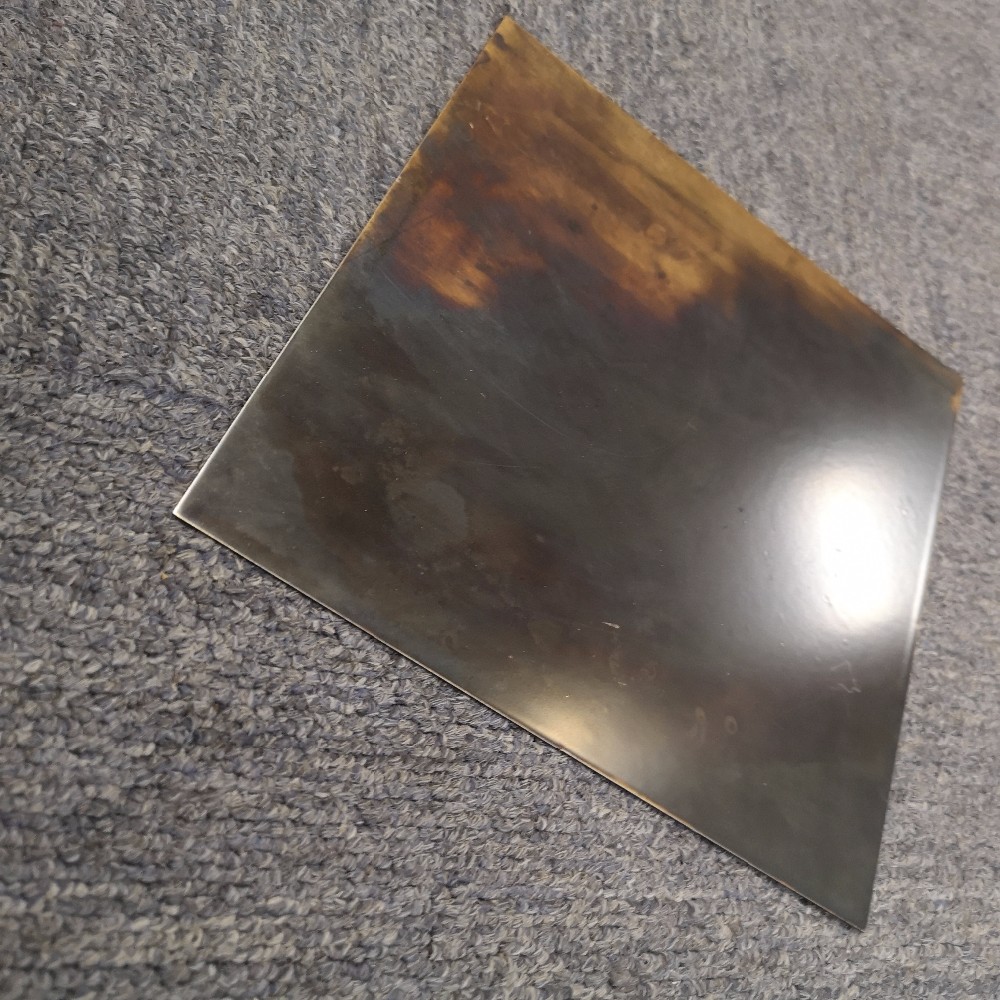
Stainless steel plates sometimes corrode, which is normal, because after all, stainless steel is just more corrosion-resistant than other metals.
The conditions for corrosion of stainless steel plates mainly include chemical corrosion, electrochemical corrosion and stress corrosion.

Chemical corrosion mainly involves surface pollution. Oil, dust, acid, alkali, salt, etc. attached to the surface of stainless steel plates are converted into corrosive media under certain conditions, and chemically react with certain components in the stainless steel plates to produce chemical corrosion.
The surface of the stainless steel plate is scratched. The damage to the passivation film by various scratches will reduce the protective performance of the stainless steel plate, and it will easily react with chemical media, causing chemical corrosion and rust.
During cleaning, incomplete cleaning after pickling and passivation will cause residual liquid to remain, which will also cause direct chemical corrosion to the stainless steel plate.
Carbon steel pollution is caused by scratches caused by the contact between stainless steel plates and carbon steel parts, and the corrosive medium forms a galvanic cell, resulting in electrochemical corrosion;
Cutting is caused by the adhesion of cutting slag, splash and other rust-prone substances and the corrosive medium to form a galvanic cell and produce electrochemical corrosion;
Baking is when the composition and metallographic structure of the flame heating area change unevenly, and form a galvanic cell with the corrosive medium to produce electrochemical corrosion;
Welding is an electrochemical corrosion caused by the physical defects (undercut, pores, cracks, lack of fusion, lack of penetration, etc.) and chemical defects (coarse grains, grain boundary basin chromium, segregation, etc.) in the welding area and the corrosive medium forming a primary cell. ;
Material: The chemical defects (uneven composition, S, P impurities, etc.) and surface physical defects (porosity, blisters, cracks, etc.) of stainless steel are conducive to forming a galvanic cell with the corrosive medium and causing electrochemical corrosion;
Passivation is caused by poor pickling passivation effect, resulting in uneven or thin passivation film on the surface of stainless steel, which is prone to electrochemical corrosion;
Cleaning is the result of the remaining pickling passivation residual liquid and the chemical corrosion products of stainless steel, which form electrochemical corrosion on stainless steel parts.
Stress corrosion is often caused by excessive stress concentration on stainless steel plates.
In general, due to its special metallographic structure and surface passivation film, stainless steel plates are more difficult to corrode due to chemical reactions with media under normal circumstances, but they will not be corroded under any conditions.
In the presence of corrosive media and inducements (such as scratches, splashes, cutting slag, etc.), stainless steel plates can also be corroded by slow chemical and electrochemical reactions with the corrosive media, and the corrosion rate is quite fast under certain conditions.
Produce rust phenomena, especially pitting and crevice corrosion. The corrosion mechanism of stainless steel parts is mainly electrochemical corrosion.
Therefore, all effective measures should be taken during the processing of stainless steel products to minimize rust conditions and incentives.